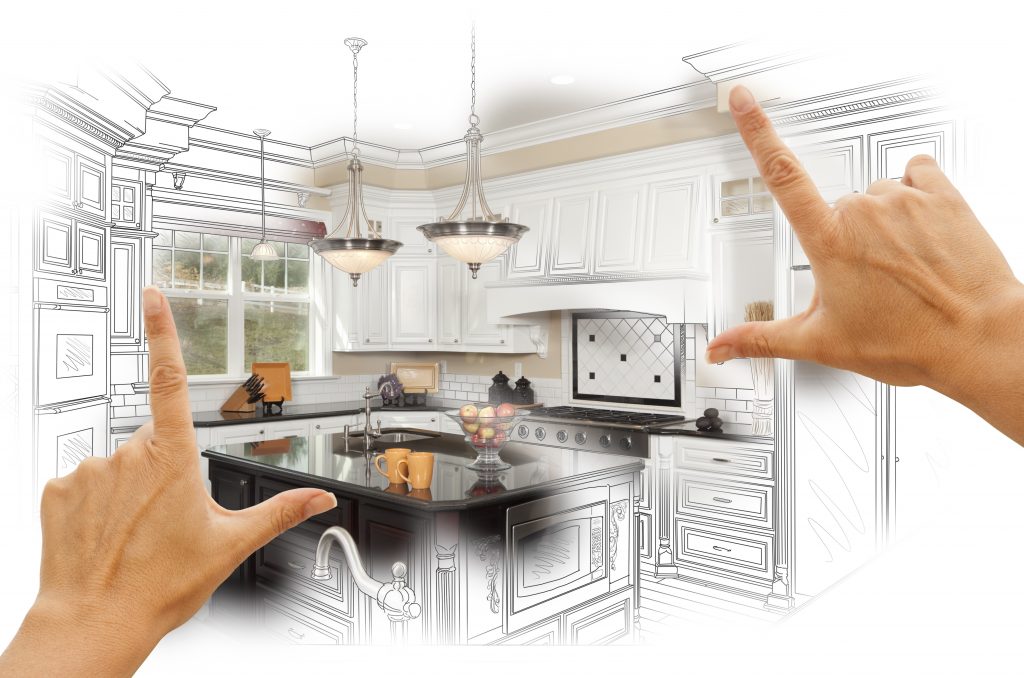Commercial HVAC systems are bigger, more complex and more expensive than residential units. They also tend to last longer – up to 20 years, but getting the longest lifespan and optimal performance from a commercial system requires routine maintenance.
The first step in a commercial hvac installation is to determine the space’s cooling and heating needs. This involves taking accurate measurements, assessing the existing electrical and gas infrastructure and determining what kind of energy efficiency is required. The result of this is a HVAC design that meets the building’s specific requirements.
An experienced commercial hvac technician can help to determine the best way to approach the installation. This will include examining the current system and determining its make, model, location and overall condition. It may also involve determining whether or not the system has been properly sized to meet the building’s climate control requirements. An undersized or oversized system can cause insufficient airflow, leading to problems with comfort, energy bills and equipment performance.
If the system is being replaced, the next step is to assess the ductwork. This includes checking HVAC installation specialists the ducts for leaks and gaps, ensuring they are clean and free of obstructions. Depending on the system, it may be necessary to seal the ductwork with insulation or other materials.
This helps to prevent unwanted heat transfer and also stops condensation from forming on the ductwork or other components of the HVAC system. It’s important to use the right insulation for the job, as different systems require varying thicknesses of insulation. In addition, some ductwork is made of galvanized steel or copper, which can have a negative impact on the environment and the longevity of the ductwork.
Once the ductwork is in place, the technician will connect the new system to the supply and return valves. Then they will test for proper operation of the thermostat, check on the fan motors, ensure the drain lines are working properly and address any issues that may have arisen during the install. Lastly, the technician will complete an equipment checklist, post-installation inspection report and maintenance schedule. These documents are vital for record-keeping, ensuring that the new system is functioning as intended and complying with safety standards and regulations.
As a business owner, you’re probably familiar with the headaches of having an outdated commercial HVAC system. But when you invest in a new one, you can save money on repair bills and enjoy more consistent indoor temperatures. And, of course, it can improve productivity by keeping clients and employees comfortable. But how do you know if your building is ready for an upgrade?

